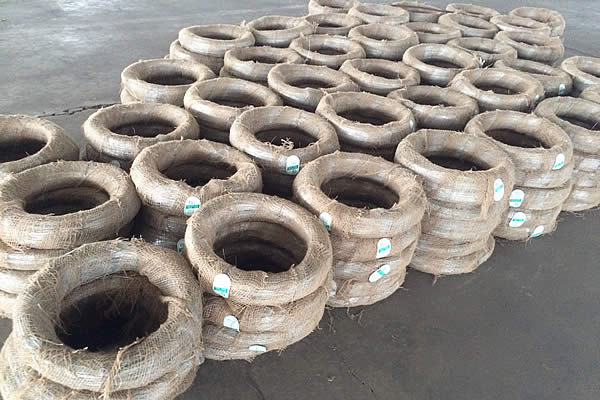 TEL:
+86-13102802206
TEL:
+86-13102802206
 Email:
fencenetting@china.com
Email:
fencenetting@china.com
 Language
Language
 TEL:
+86-13102802206
TEL:
+86-13102802206
 Email:
fencenetting@china.com
Email:
fencenetting@china.com
 Language
Language


The Versatility of Fine Woven Wire Mesh
Fine woven wire mesh, often overlooked in the vast world of materials, plays a crucial role in various industries thanks to its unique properties and versatile applications. This finely crafted material is composed of interconnected wires woven together to form a grid-like pattern. The variety in wire diameter, mesh opening size, and material type allows for a range of functionalities that cater to specific needs across sectors such as manufacturing, filtration, and construction.
One of the foremost benefits of fine woven wire mesh is its excellent filtration capabilities. The mesh can be designed to capture particles as small as a few microns, making it an ideal solution for applications in environmental engineering, food processing, and pharmaceuticals. For instance, in water treatment facilities, fine woven wire mesh serves as a barrier that effectively removes impurities, sediments, and larger particle contaminants. Similarly, in the food industry, it is used to filter out unwanted solids, ensuring that the final products meet health and safety standards.
Moreover, the versatility of fine woven wire mesh extends to architectural and design applications. In modern architecture, it has gained popularity for use in decorative facades, offering both aesthetic appeal and functional benefits. Architects are increasingly using wire mesh in buildings to create visually striking elements that allow for light penetration while providing necessary shade and privacy. This design choice not only enhances the visual appeal of structures but also contributes to energy efficiency by minimizing heat gain.

In addition to its aesthetic applications, fine woven wire mesh is a staple in the manufacturing process
. It is frequently used in the production of various components, such as screens, filters, and protective barriers. The durability of the material, coupled with its ability to withstand high temperatures and corrosive environments, makes it suitable for heavy industrial applications, including aerospace and automotive industries. Here, fine woven wire mesh is utilized to manufacture components that require specific tolerances and strength, contributing to the overall efficiency and safety of machinery and vehicles.Another significant application of fine woven wire mesh lies in the field of agriculture. Farmers and agricultural engineers use mesh for various purposes, including erosion control, crop protection, and livestock fencing. The precision in mesh design helps protect crops from pests while allowing sunlight and moisture to penetrate, thus promoting healthy growth. Additionally, in livestock management, fine woven wire mesh provides secure fencing solutions that keep animals safe while maximizing available pasture space.
The production process of fine woven wire mesh is also worth noting. Advances in technology have improved the manufacturing methods, allowing for the creation of highly intricate patterns with precise tolerances. Automated weaving machines enable manufacturers to produce large quantities of mesh efficiently while maintaining quality standards. Sustainability is becoming an increasingly important aspect of production, with many manufacturers shifting towards using recycled materials and eco-friendly processes.
In conclusion, fine woven wire mesh is a multifaceted material that has proven to be indispensable in numerous industries. Its filtering capabilities, aesthetic flexibility, and broad applicability make it a valuable resource in various fields, ranging from construction to agriculture. As industries continue to innovate and seek efficient solutions, the demand for fine woven wire mesh is likely to grow, further reinforcing its significance in both traditional and emerging applications. By leveraging its unique properties, businesses and industries can enhance their operations, ultimately contributing to better products and services in today’s fast-paced world.